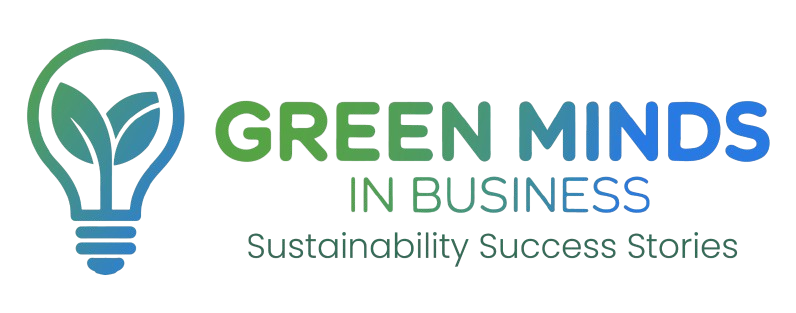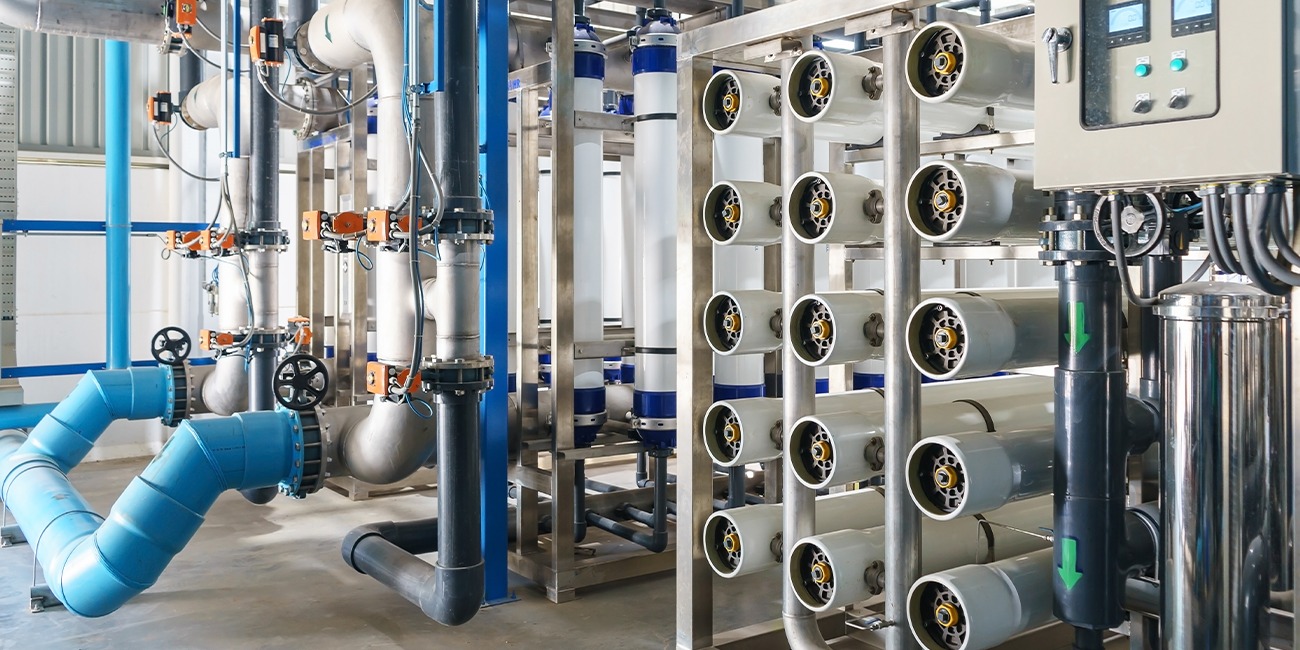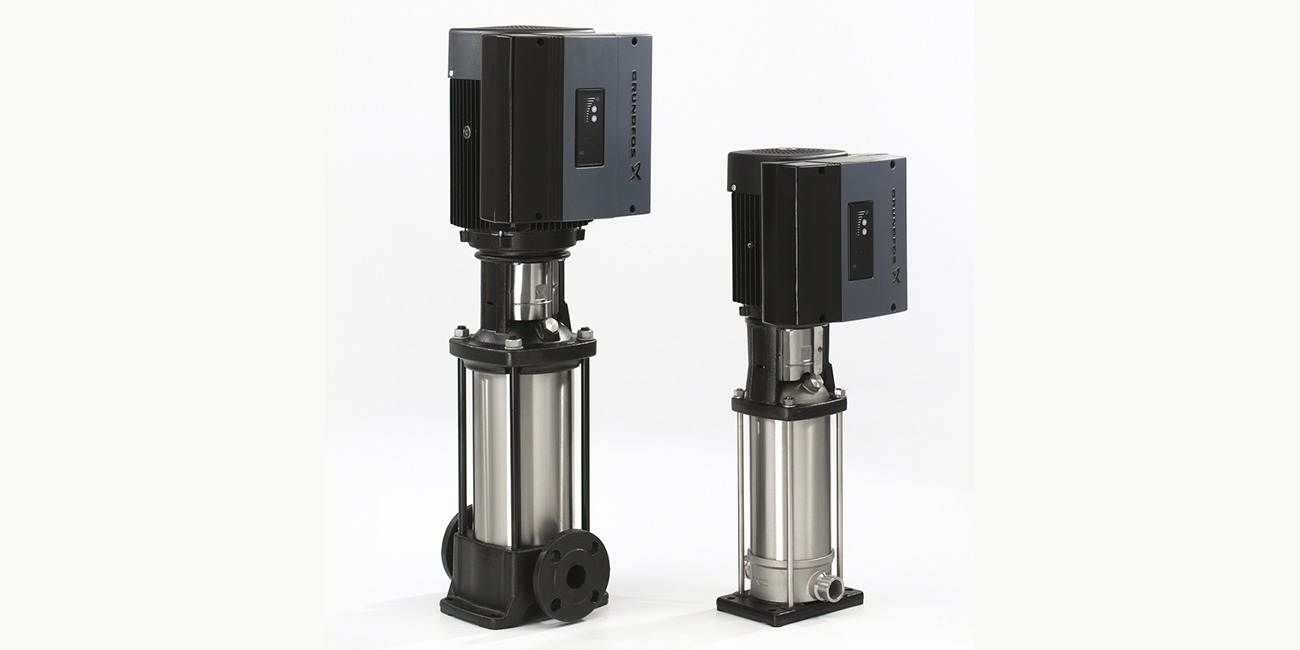Water scarcity and inefficient water management are major challenges for industries, especially in regions where municipal water supply is unreliable. The beverage industry, which requires large amounts of water for production, often faces operational disruptions due to limited water availability.
One such case involved a leading beverage manufacturing plant in Tanzania, where reverse osmosis (RO) reject water was previously discarded. By implementing high-recovery RO technology, the plant was able to maximize water efficiency, reduce costs, and ensure uninterrupted production.
This blog explores how smart water reuse strategies transformed their operations.
The Challenge: Water Shortages and Operational Setbacks
The beverage plant relied on municipal water, drawing 2,330 m³ per day. However, inefficiencies in the water treatment process resulted in:
- Low RO recovery rates (<65%), leading to excessive water wastage.
- 932 m³/day of RO reject water being discarded instead of reused.
- High fluoride levels in borewell water, making it unsuitable for direct use.
- Frequent membrane fouling and scaling, increasing maintenance costs.
- Intermittent municipal water supply, causing production delays and revenue loss.
These issues not only affected operational efficiency but also stalled the company's expansion plans, limiting its ability to meet growing market demand.
The Solution: High-Recovery RO and Water Reuse
A comprehensive water audit was conducted to analyze water usage, treatment efficiency, and wastewater discharge. The findings revealed opportunities to:
- Reduce RO reject by 26%
- Optimize borewell water treatment for safe reuse
- Increase overall water yield through high-recovery RO technology
Implementation of a High-Recovery RO System
The company implemented a 110 m³/hour high-recovery RO system in three phases:
- Phase 1: A 50 m³/hour RO unit was installed to treat a mix of RO reject and borewell water.
- Phase 2: Two additional 30 m³/hour RO units were commissioned to further enhance recovery and reduce waste.
By utilizing advanced membrane technology and energy-efficient pumps, the system minimized energy consumption and prolonged membrane life, making water treatment both cost-effective and sustainable.
The Results: Increased Efficiency and Cost Savings
The adoption of high-recovery RO and water reuse practices led to significant improvements:
- Water Recovery Boost: Increased to 91%, saving 606 m³ of water daily.
- Cost Reduction: Lower reliance on municipal water, leading to USD 635,277 in annual savings.
- Energy Efficiency: Reduced power consumption from 1.87 kWh/m³ to 0.97 kWh/m³, cutting energy costs by 48.2%.
- Wastewater Reduction: Effluent discharge to treatment plants reduced from 1,000 m³/day to 350 m³/day, lowering treatment costs by 65%.
- Production Stability: A consistent water supply enabled a 27% increase in sales and expansion of two additional production lines.
- Higher Water Yield: Improved from 29.3% to 48.5%, maximizing resource efficiency.
Key Takeaways for Industrial Water Management
This case highlights how businesses can:
- Convert RO reject water into a reusable resource instead of waste.
- Utilize high-recovery RO technology to maximize water efficiency.
- Optimize energy use and reduce operational costs through better water management.
- Achieve long-term sustainability while maintaining business growth.
As industries face increasing water challenges, integrating smart water reuse strategies is critical for sustainability, cost savings, and operational continuity.



